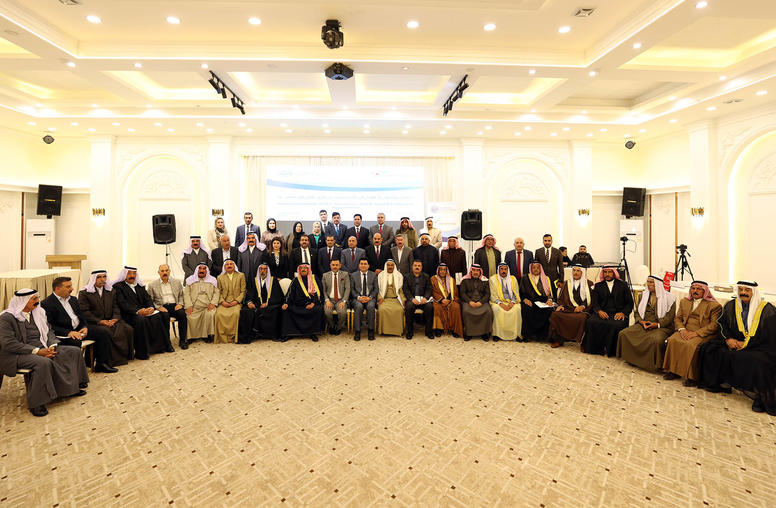Ten years ago, nearly 3,500 U.S. troops fought—and 54 died—to suppress tribal warfare and an al-Qaeda insurgency on a battleground known as the “Triangle of Death.” The Army’s 10th Mountain Division appealed to the U.S. Institute of Peace to organize an Iraqi peace accord that could bring real stability for the area. Months of painstaking work by Iraqis and Americans yielded a reconciliation that still sustains stability in Mahmoudiya even amid the warfare elsewhere in Iraq.
A decade later, as ISIS brutality and warfare have shattered much of Iraq anew, Mahmoudiya remains a zone of relative peace, says local tribal leader Fareeq al-Ghereri in a new video (above) about one of Iraq’s most successful local peace accords.
“When ISIS overran much of Iraq in 2014, it could not successfully penetrate Mahmoudiya,” former U.S. Ambassador to Iraq James Jeffrey noted in a recent essay in The Hill.
Mahmoudiya was the first of several Iraqi cities where Iraqi peace mediators, trained and supported by USIP, have led in averting the communal warfare that has been exploited by armed factions, notably the ISIS extremist group. Peace accords also have improved stability in Tikrit and Yathrib, letting hundreds of thousands of displaced people return home. Local peacemaking will be essential to stabilizing the Mosul region following its recovery from ISIS rule, and preventing a resurgence of extremism that could risk again drawing in foreign forces. Mahmoudiya can provide a model, Iraq experts say.
In a 15-month deployment to Mahmoudiya, the 10th Mountain Division’s 2nd Brigade “lost 54 soldiers killed and 267 wounded,” recalled the brigade’s commander at the time, retired Colonel Mike Kershaw. Sunni and Shia tribes traded acts of vengeance, and extremists used the conflict to advance a campaign of terrorism. To achieve stability, “we could clearly see that there were political needs, economic needs, but frankly we don’t have that level of expertise resident in our organization,” said Kershaw.
That led Kershaw and his team to call in USIP, which for years had been training Iraqi peace mediators. “The fact that we could get Iraqis to help in these negotiations—there was no other U.S. entity that could give us something like that,” Kershaw said.
Once the peace accord took hold, “the electricity was re-connected, the roads that were destroyed by terrorism were rebuilt, and people went back to their jobs,” al-Ghereri said. “South Baghdad [province] transformed from a triangle of death into a triangle of peace.”
The U.S. Army was able to reduce its deployment in Mahmoudiya by 80 percent, to just 650 troops. After losing more than 50 soldiers killed each year in the area before the accord, U.S. forces lost one killed in the year afterward, Kershaw has noted.
Kershaw recently joined Iraq and foreign policy experts at USIP and The Heritage Foundation in urging similar local-level mediation in Mosul and other areas liberated from ISIS as the only way to consolidate a stabilization of Iraq and to sustainably promote security in Iraq and the region.



